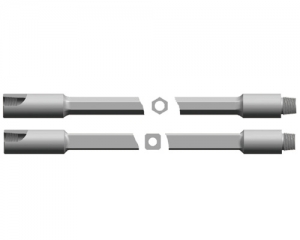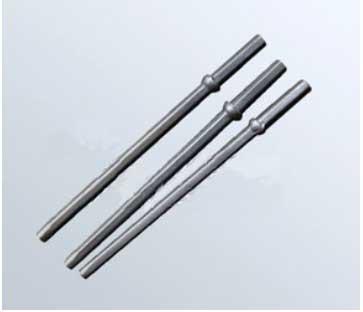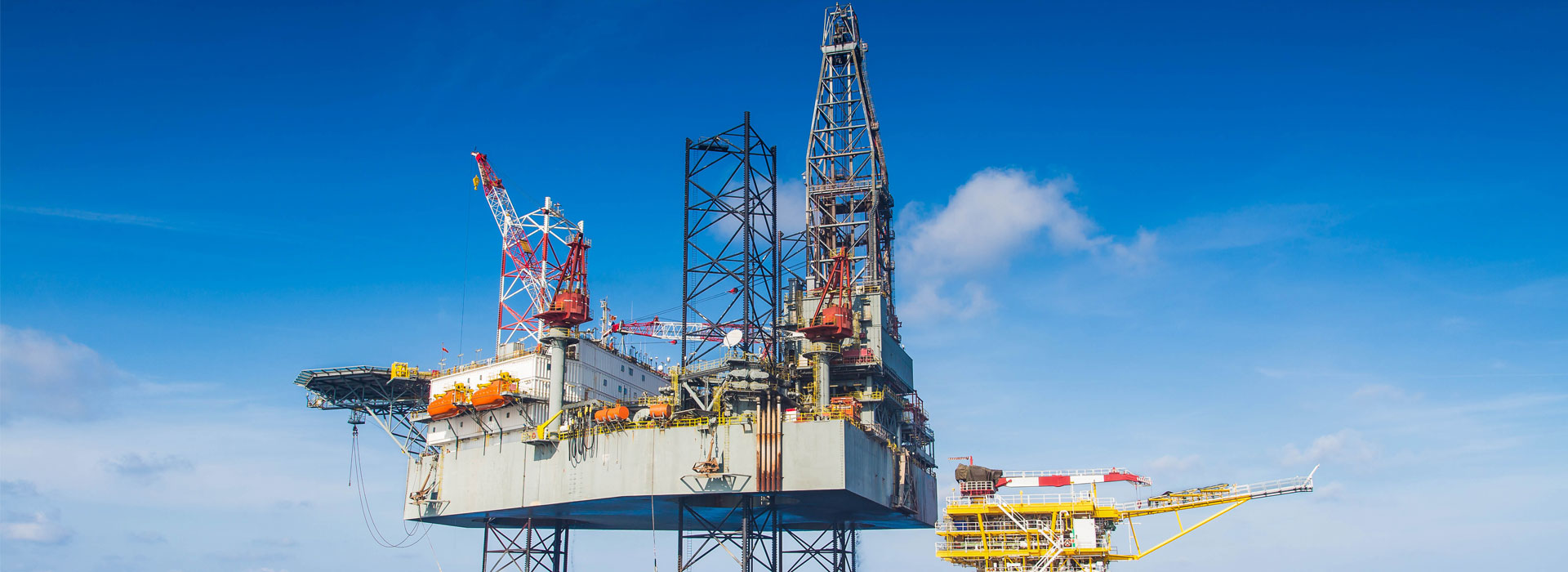Production technology and use of drill rod
Release date:2017-09-04 Author:http://www.z-1.net.cn/ Click:
The production technology mainly includes:
Tube thickening process. In order to ensure the overall strength of the drill pipe, it is necessary to increase the thickness of the wall before welding. There are three kinds of thickening methods, including internal thickening, external thickness and internal and external thickening.

The joint processing includes heat treatment and screw thread processing. The heat treatment process includes quenching and tempering. First, the joint is heated to 900 degrees C (the temperature of different manufacturers is different), and it is kept for a period of time and then cooled quickly. Then it was reheated to about 600 C and cooled (the steel structure was changed from "martensite" to "tempering Soxhlet"). The purpose of heat treatment is to improve the hardness, strength, wear resistance and toughness of the pipe. After heat treatment, it is necessary to check the mechanical properties of the joint. The thread can be processed in accordance with the required joint. The processed threads are connected, and the shoulder surface can be tightened. In order to ensure the precise docking of the drill pipe, it is necessary to check the processed joint one by one (the close distance of the thread, the pitch, the taper, the tooth height). In the process of actual use of thread gluing (prone to death card, can't unscrew) phenomenon, so finally to the thread on the copper plating, phosphating, shackle processing. The size of the outer diameter of the tube is different, and the thread type of the corresponding joint will be different. At present, the 2-3/8 "to 5" drill pipe joints generally use digital type thread, 5-1/2 "to 6-5/8" drill pipe joint with eye type thread. In addition, because the drill pipe joint is thicker than the pipe body, the joint is easier to wear during drilling. In order to prolong the service life, the wear-resisting belt is often welded at the joint. The process of welding wear-resistant belt is also very important.
The most critical process, friction welding. After the pipe body and the joint are anastomosed, the joint will rotate at high speed and exert pressure. The friction will generate high heat, so that the joint between the tube and the tube will be tightly integrated. Of course, the welding burr should be removed. The weld is heated by medium frequency with electromagnetic induction. The coil is the most concentrated place of electromagnetic induction. It takes only more than 30 seconds to heat up to 960. The steel heat conduction speed not so fast, so the joints formed a fire burning red area. This process can improve the mechanical properties of the steel at the joint.
In addition, the control of quality inspection can not be ignored. The quality inspection is actually accompanied by the various links of the drill pipe production. For example, when finishing the tube end thickening process, we need to inspect the thickened pipe ends. After finishing the heat treatment, we must check the quality of the joints and check the quality of the finished threads as well. It is one of the reasons for the high cost of the high quality drilling rod manufacturer to remove the unqualified products with a variety of instruments and means.

Use of drill rod
After all, the drill pipe is hard work, dirty work and tired work. Even if the steel quality is high, the processing technology is strong and the quality inspection is strict, it is inevitable that drill pipe fracture and piercing (drill pipe is punctured by mud) and drill pipe thread fail. The specific reasons can be summed up as follows: the first is the metal fatigue of the drill rod, that is, the drill rod will reach the service life or exceed its maximum use strength. Secondly, the geological condition of the drilling site is complex. When there are various accidents, such as falling fish and staff operation mistakes, it may cause the drill pipe bending deformation or fracture.




